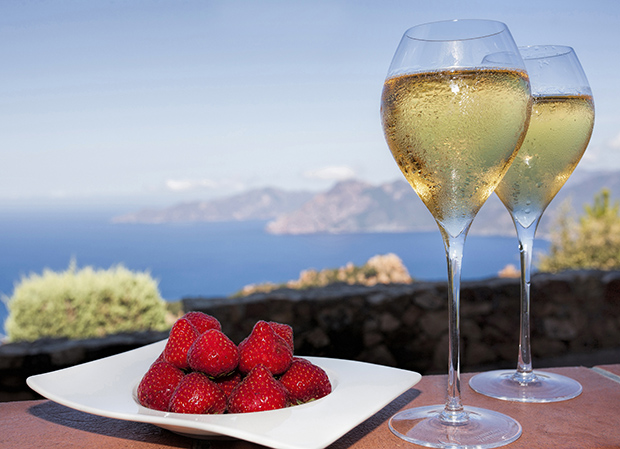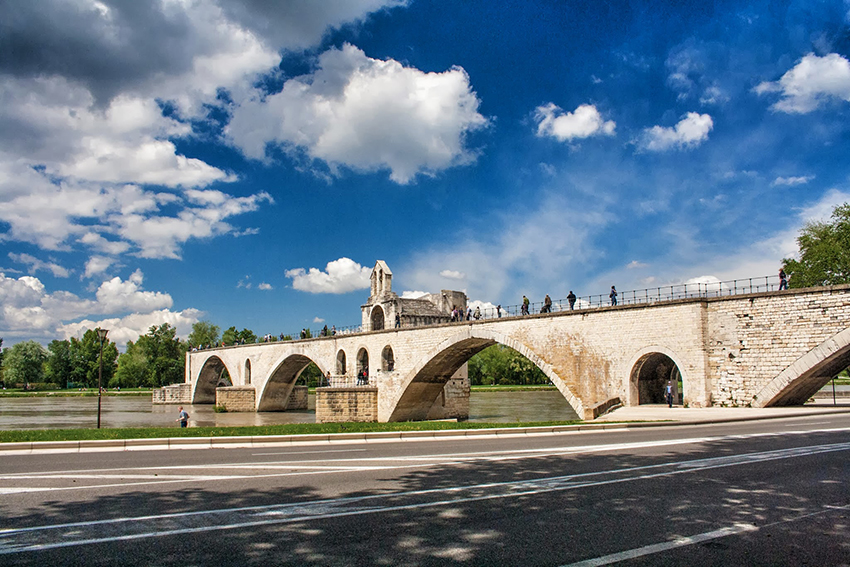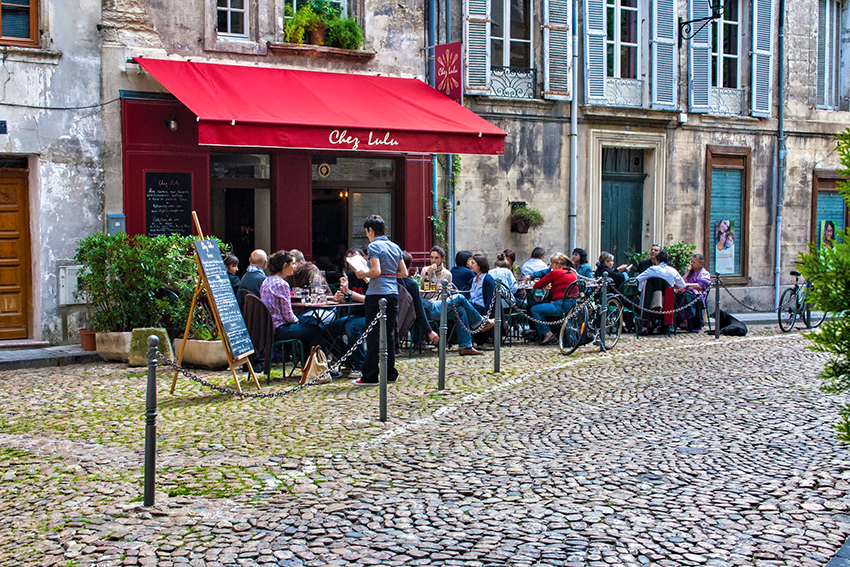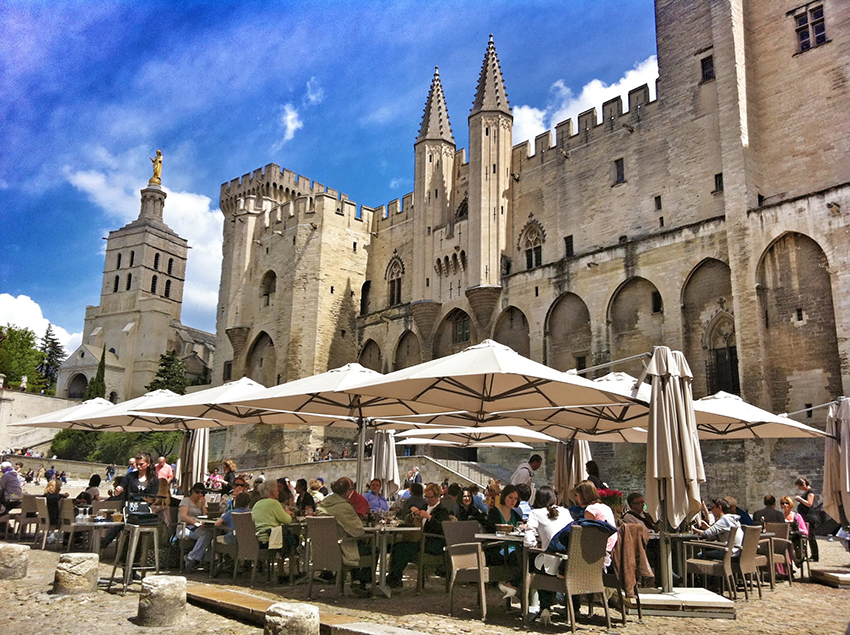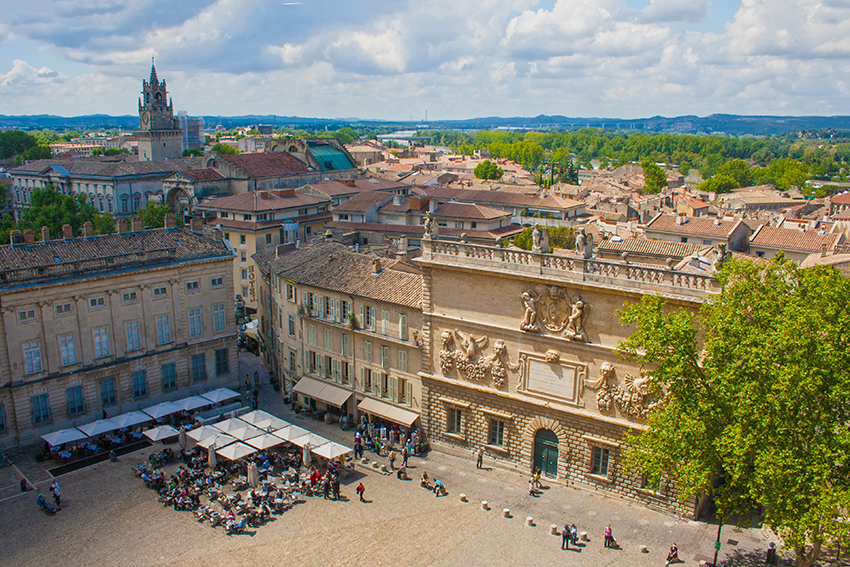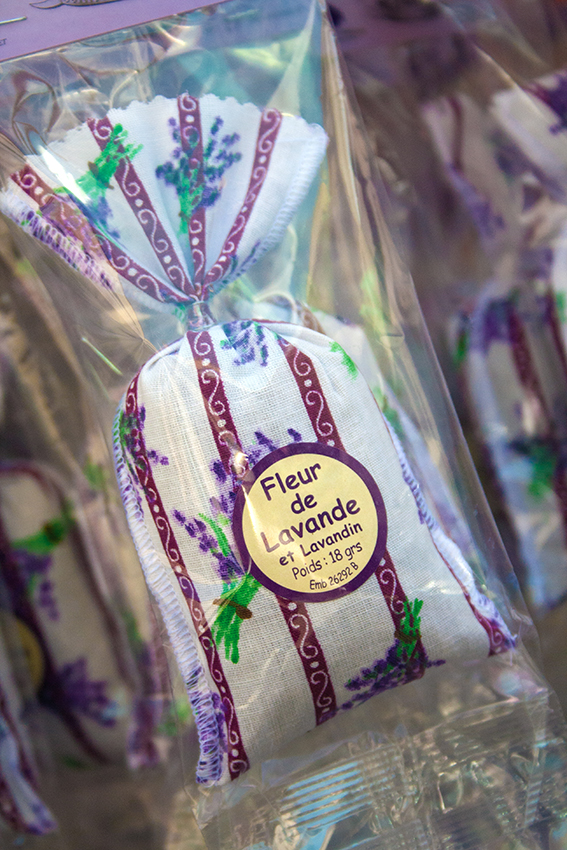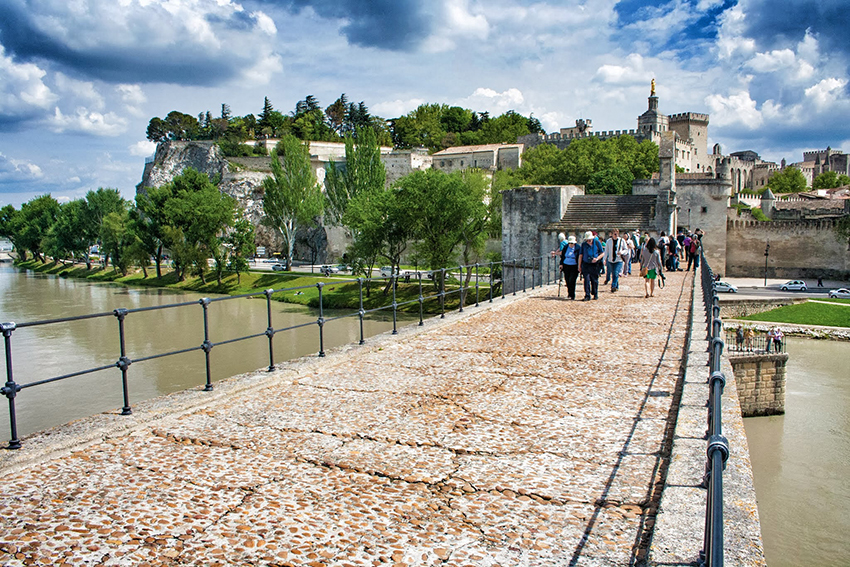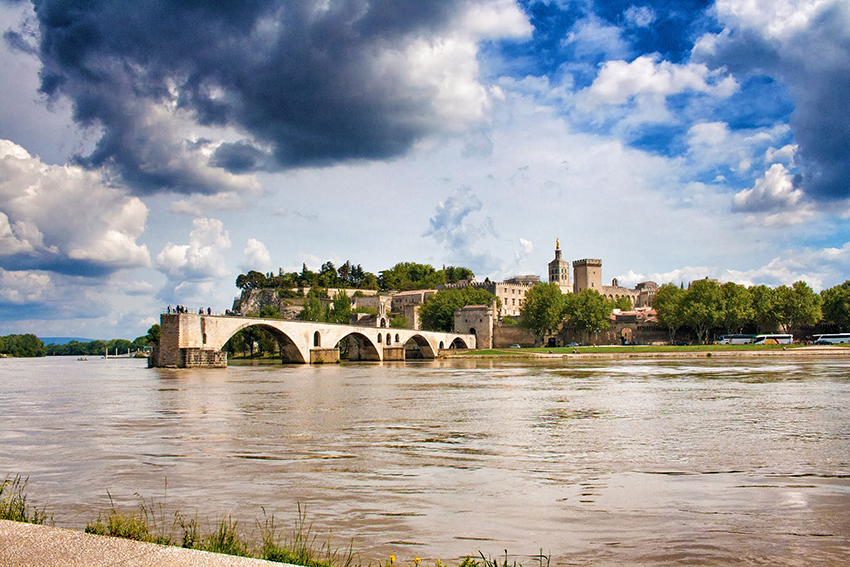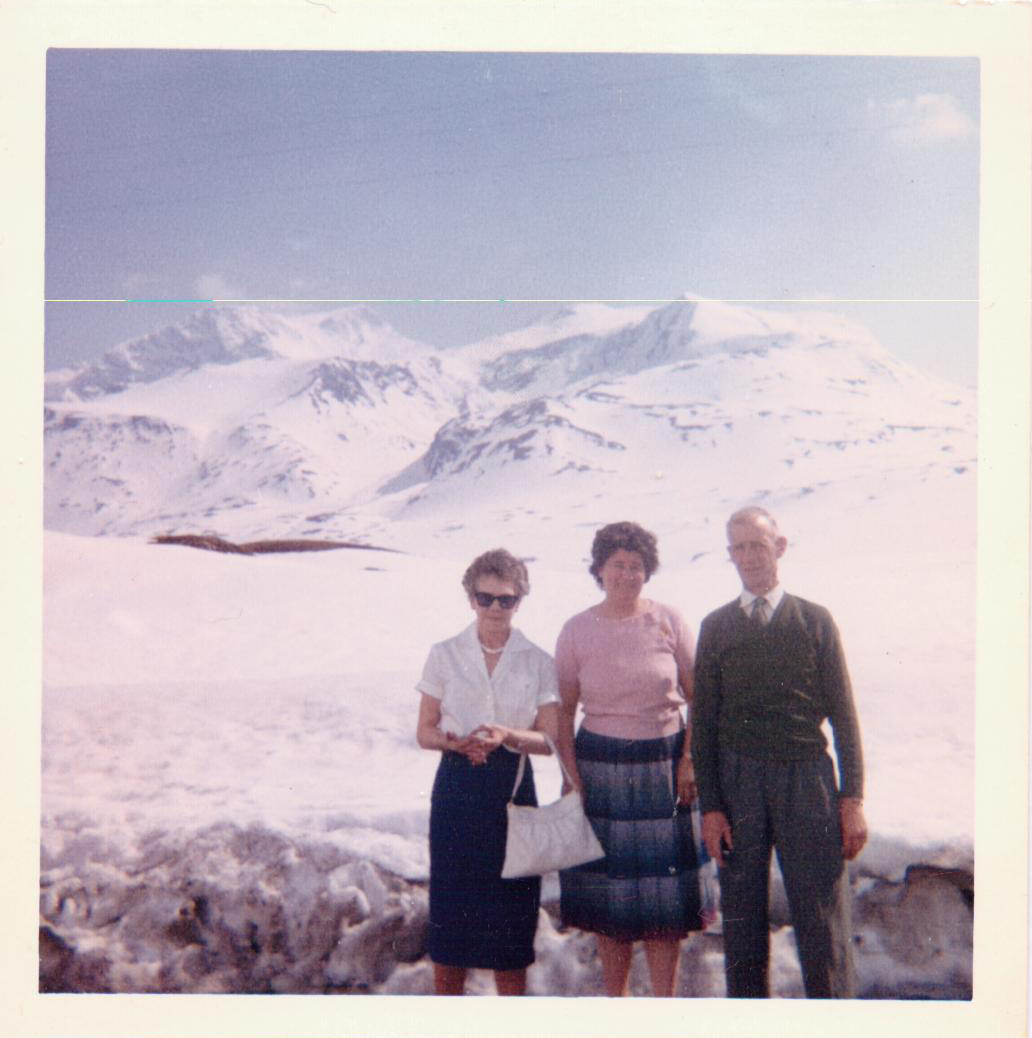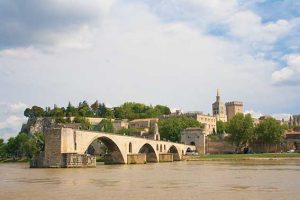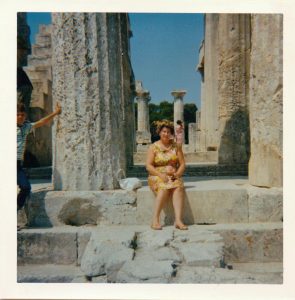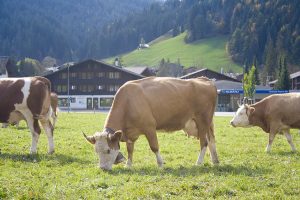From impressive architecture to some of the world’s most iconic attractions, Europe really does have it all. And, to top it all off, it’s also home to some of the best vineyards, producing the world’s most popular wines, year after year.
Whether you’re a wine connoisseur, looking to indulge in some wine tasting or just enjoy a glass of the grape, what could be better than getting to know just where your favourite tipple comes from?
But, don’t just go by what you heard through the grapevine. Delve into some of the picturesque vineyards on the continent as we take you some of the best wine making regions that Europe has to offer.
Bordeaux
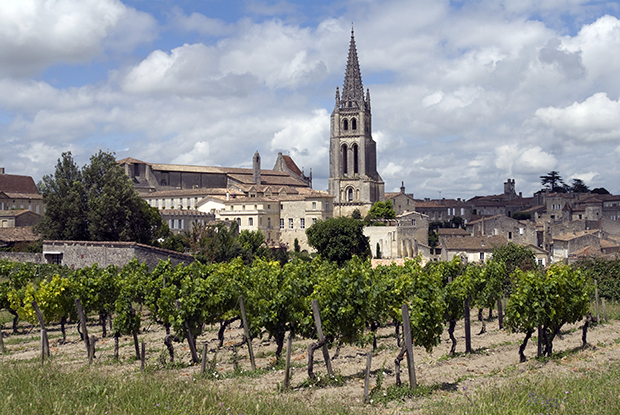
Nestled in the southwest of France, needing little introduction, Bordeaux is one of the largest and most recognisable wine regions in Europe. And, whilst it may not be known for its striking beauty, it is home to some of the most sought after and expensive wines in the world.
In fact, the most expensive bottle of wine ever to be sold by auction came in at an eye-watering £105,000! The name? Chateau Lafite, a Bordeaux wine.
Its reputation as a great wine region comes from its superb reds. With its perfect combination of climate and soil, around 75-80% of the wine produces
Wine Producing Grapes from the Bordeaux Region
Cabernet Sauvignon, Merlot, Cabernet Franc, Malbec and Petit Verdot
Champagne
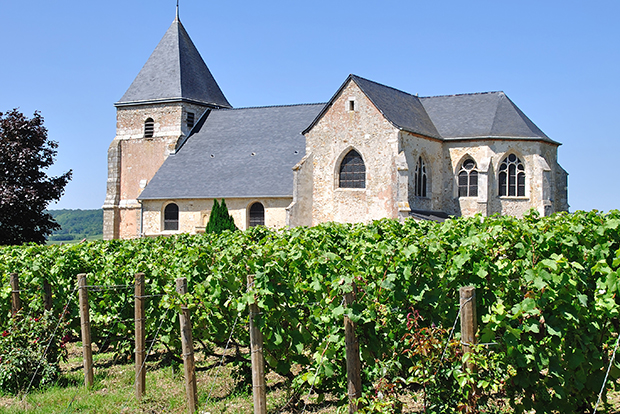
Of course, we can’t forget about the Champagne region in northern France. EU law actually states that only sparkling wines made in this region can go by the name Champagne, which certainly helps with its label as one of the world’s most elite drinks.
The Champagne province, just a short hop across the channel, is actually pushing the northernmost limits of the winemaking world. With its high altitude and low temperatures make it difficult for the grapes to fully ripen – but do make the grapes highly acidic, making them perfect for sparkling wine.
But, not only does the area produce world-famous champagnes, but there’s also a nice selection of non-sparkling wines and even the odd rosé.
Wine Producing Grapes of the Champagne region
Pinot Noir, Meunier, Chardonnay
Douro Valley
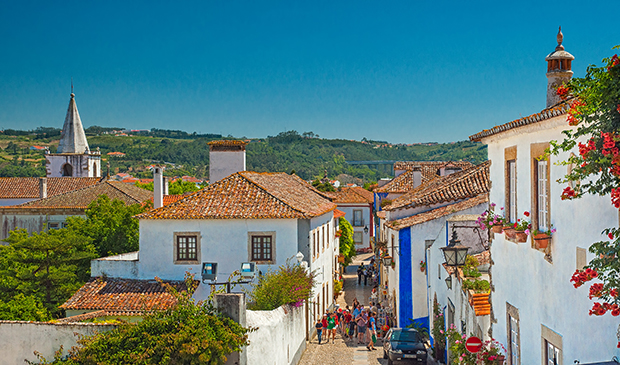
One of the oldest and more picturesque European wine regions. Stretching from Porto to the Spanish border, it became the first wine region in the world to have a formal demarcation, meaning only in that region can Port wine be made.
And, of course, it’s famous for its production of Port. Packed into the north of Portugal, the Douro is also a popular producer of some brilliant, and relatively cheap, young table wines of all types – red, white and rosé.
The area is split into 3 sub-regions; Baxio Corgo which is the mildest and has the most rain, the largest Cima Corgo, standing at an impressive 47,000 acres and the hottest and driest region, the Duoro Superior producing the best quality wines.
The general rule of thumb is that the further east the region lies, the drier the climate and the deeper the wine, giving a great selection if you’re wanting to bring home some delicious Duoro wines.
Wine Producing Grapes from the Douro Region
Tinta Barroca, Mourisco Tinto, Tinta Roriz, Malvasia, Viosinho
Mosel
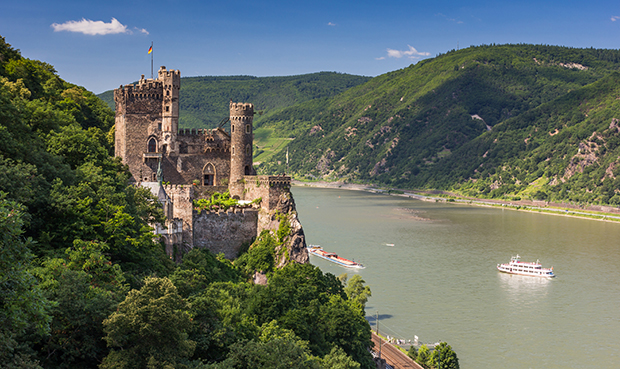
Taking its name from the Mosel River, it’s the third largest wine region in Germany. But, most will consider it the best, thanks to the regions international prestige.
Whilst many people associate Germany with beer, its wine production has brought about some highly sought-after bottles.
It’s thought that the vineyards were first introduced to this area by the Romans, who planted their crops along the Rhine and Moselle to keep a local source of wine for their garrisons.
It’s considered to be one of the most difficult to maintain vineyards in the world, thanks to its steep river bank slopes, making the fruit of their labour even sweeter.
Wine Producing Grapes of the Mosel Region
Riesling, Müller-Thurgau, Elbling, Kerner
Tuscany
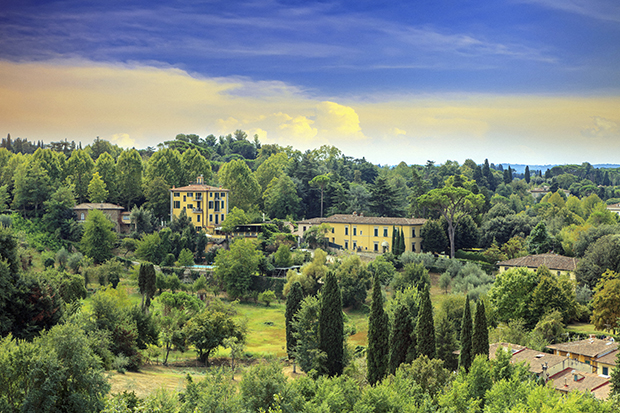
Tuscany, it certainly oozes romance. From its picture-perfect rolling hills, quaint villages and its Italian charm… and the fact it’s Italy’s most famous wine region.
Tuscan vineyards produce an array of internationally recognised wines in various styles, including the popular Chianti. Its perfect combination of hilly terrain and warm daytime temperatures allow for the grape to maintain its acidity, sugars and aromas.
Ever heard of a ‘Super Tuscan’? Super Tuscans are an unofficial category of Tuscan wines, not recognised in the wine classification system of Italy. Winemakers of the region thought the rules of producing Chianti were too strict, thus producing their own super variety.
But in no way does this make the wine cheap and of low quality, they tend to be modern, rich and some carry a hefty price tag of over £100.
Wine Producing Grapes of Tuscany
Sangiovese, Cabernet Sauvignon, Malvasia Nera, Trebbiano
Rhône Valley
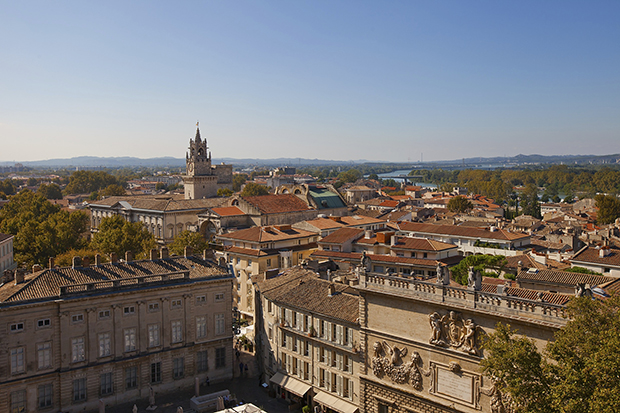
The Rhône Valley wine region is divided into two sub-regions, both with individual winemaking traditions, the Northern Rhône and the Southern Rhône.
The northern region, with its continental climate, produces both red and white wines and the southern, with its Mediterranean climate, offers a wide array of reds, whites and rosé wines – including the popular Château neuf-du-Pape.
By law, there is only one red grape permitted to be planted in the northern region – Syrah. However, to offer a unique selection of various wines, it is often blended with white wine grapes to soften the wine and produces a great choice of varying tastes and aromas from the one red grape.
Wine Producing Grapes of the Rhône Valley
Syrah, Viognier, Red Grenache, Marsanne
So, there you have it. Let’s raise our glass to the brilliant vineyards of Europe.
Why not take a trip to these wine regions and even enjoy a spot of wine tasting? Head over to leger.co.uk to find your perfect tour.

